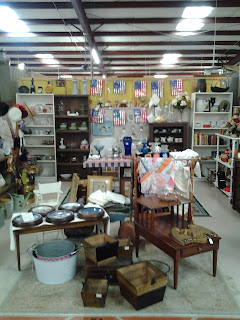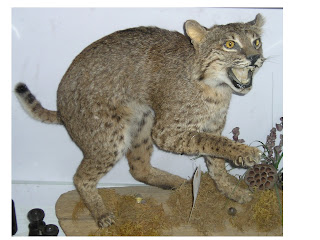PHILLIP L.
Phillip entered our monthly drawing and won a $25.00 gift certificate to be used in A.G.C.A.P. Gold Star Dealer #389's Booths. Keep reading for this month's BLOG SPECIAL CODE WORD and enter!
Now for this months A.G.C.A.P. Dealer of the Month. Robert “Bob” Von Minden is the A.G.C.A.P. Dealer of the Month for September!
Bob has been a member of The Antique Gallery of Houston Family for about 2 years. He specializes in “All Things Vintage & Antique”. You can find his booths on Aisle 2 North Booth #’s C-14, D-12, D-13, & D-14. Please stop by and check out what he has to offer! Take a peak below!The chosen article this month is very interesting. Thanks to Pamela Wiggins!
Ways to Ruin Antiques
By Pamela Wiggins, About.com Guide
No one intentionally ruins an antique, right? But lots of people do make costly mistakes caring for antiques and collectibles every day simply because they don't know any better. Read on for valuable information to keep you from making an error you'll live to regret, especially if you try to sell a treasured antique in the future.
1. Improper Cleaning
Cleaning some antiques makes them more desirable and valuable, but that's not always the case. For instance, cleaning the "patina" from a really hard to find Roycroft copper lamp can diminish the value greatly, while gently washing a rare piece of Depression glass won't hurt it a bit. It's wise to do some research to find out how cleaning will impact the value of an antique before you begin. Talk to an expert collector or dealer in the particular area you're researching, if needed.
2. Refinishing Furniture
Should you always refinish antique furniture? Definitely not. In fact, the less is more rule should be applied in most cases. If you happen to have a rare antique, or maybe even a furniture masterpiece, removing the original finish can be disastrous. Many times a gentle cleaning will suffice, but again, take care not to remove anything that might be seen as desirable patina rather than plain old grime. More common pieces can be refinished, but do yourself a favor and read up on cream of the crop antique furniture if you don't know how to tell the difference.
3. Displaying in Sunlight
What do old paper, vintage textiles and early plastics have in common? They're all susceptible to damage from direct sunlight. Paper, including photographs, will yellow and crack, the vibrant colors in textiles will fade, and plastics will melt rendering a piece you'll no longer be proud to own or pass down to the grandkids. Take care to display your antiques and collectibles in dimly lit areas or for short periods of time in sunny rooms. Always avoid direct sunlight.
4. Amateur Restoration
Restoring an antique to its original glory might seem like a good idea, and sometimes it is. But a do-it-yourself paint job on the mechanical bank you inherited from your great-grandfather is a no-no. This is another area where an expert's advice will be invaluable. Sure, if you just need to glue in a rhinestone that's popped out of a vintage brooch (using GS Hypo Cement) or sew a rag doll's button eye back in place, that's fine. Leave the more complicated restoration projects to professionals to retain the value of your antiques and collectibles.
5. Improper Storage
If you could create a museum setting in your home in regard to lighting, temperature and humidity levels, it would be the perfect environment for antiques and collectibles. In most instances that's not feasible, but we do need to be mindful of proper storage in order to preserve the rich history and beauty of our treasures. Keep valuable collections and heirlooms out of unusually damp areas like basements and overly hot areas like attics, if at all possible. In general, if you store your treasures where you're comfortable, they'll be comfortable too.
Now for the BLOG SPECIAL CODE WORD. It is "MUSEUM" Only 1 entry per person per month, offer extends only to customers of The Antique Gallery of Houston. Dealers and employees of The Antique Gallery of Houston are not eligible to win. Gift Certificate will be good only for purchases made in the A.G.C.A.P. Dealer's booth who donated the Gift Certificate .
The Antique Gallery of Houston has lots of upcoming events.
Open House & Customer Appreciation
Saturday & Sunday
November 3 & 4, 2012
Chili Cook-Off
Saturday November 10, 2012
And lets not forget our almost "World Famous"
HOME-MADE GOODIES BAKE SALE
(Check Back for Date)
Thanks for reading our Blog and keep check back near the first of each month for updates!
and remember
OUT WITH THE NEW AND IN WITH THE OLD.............BUY ANTIQUES!!!!!




















